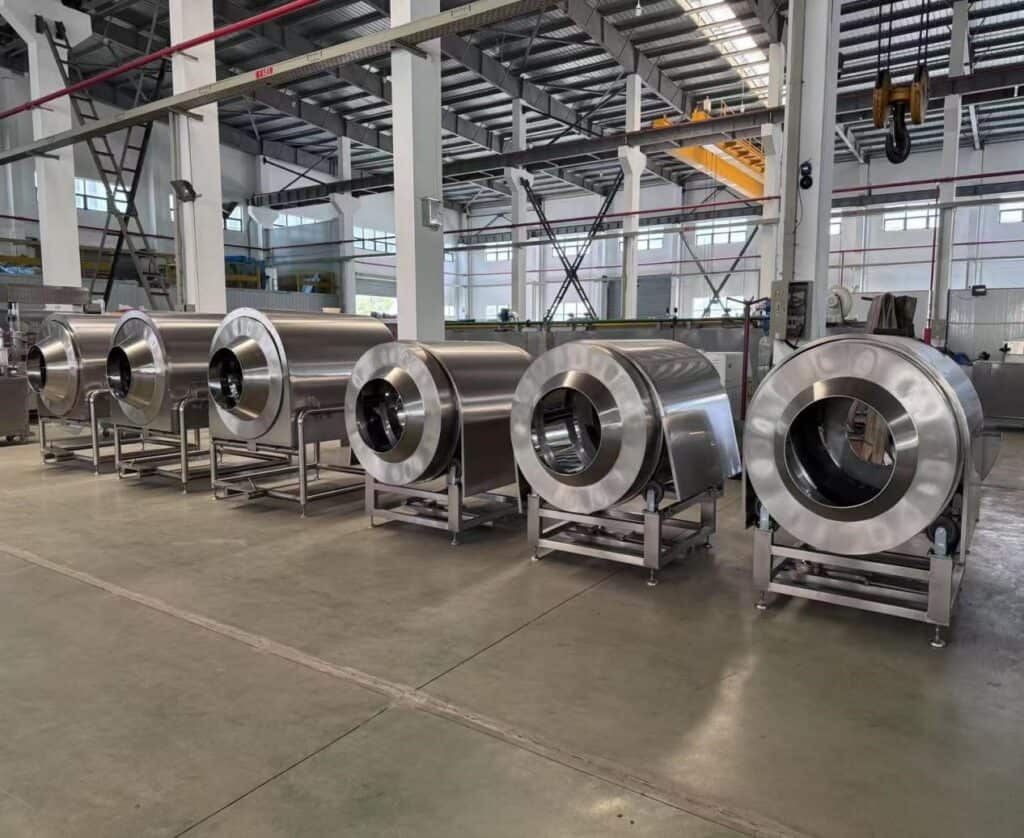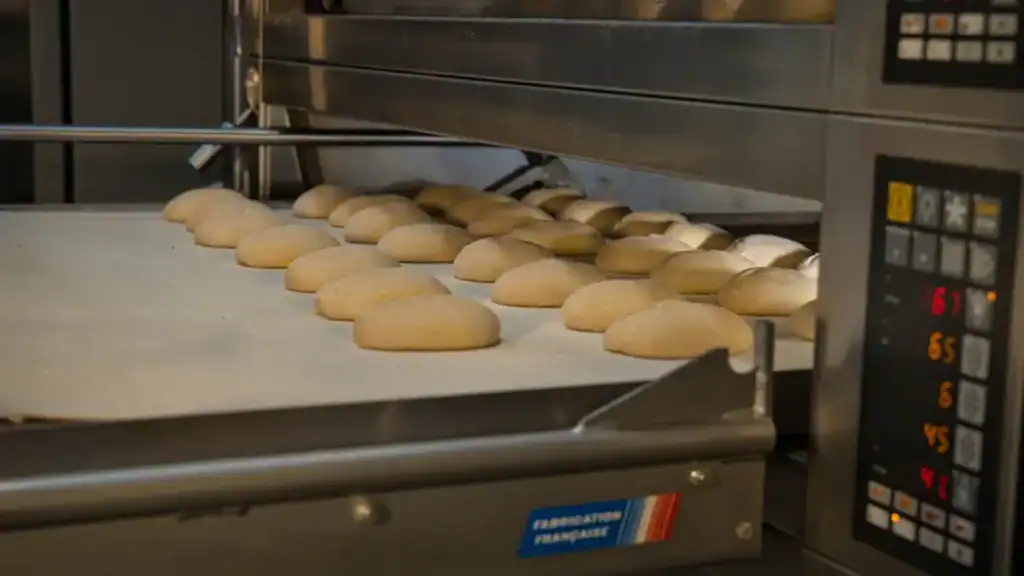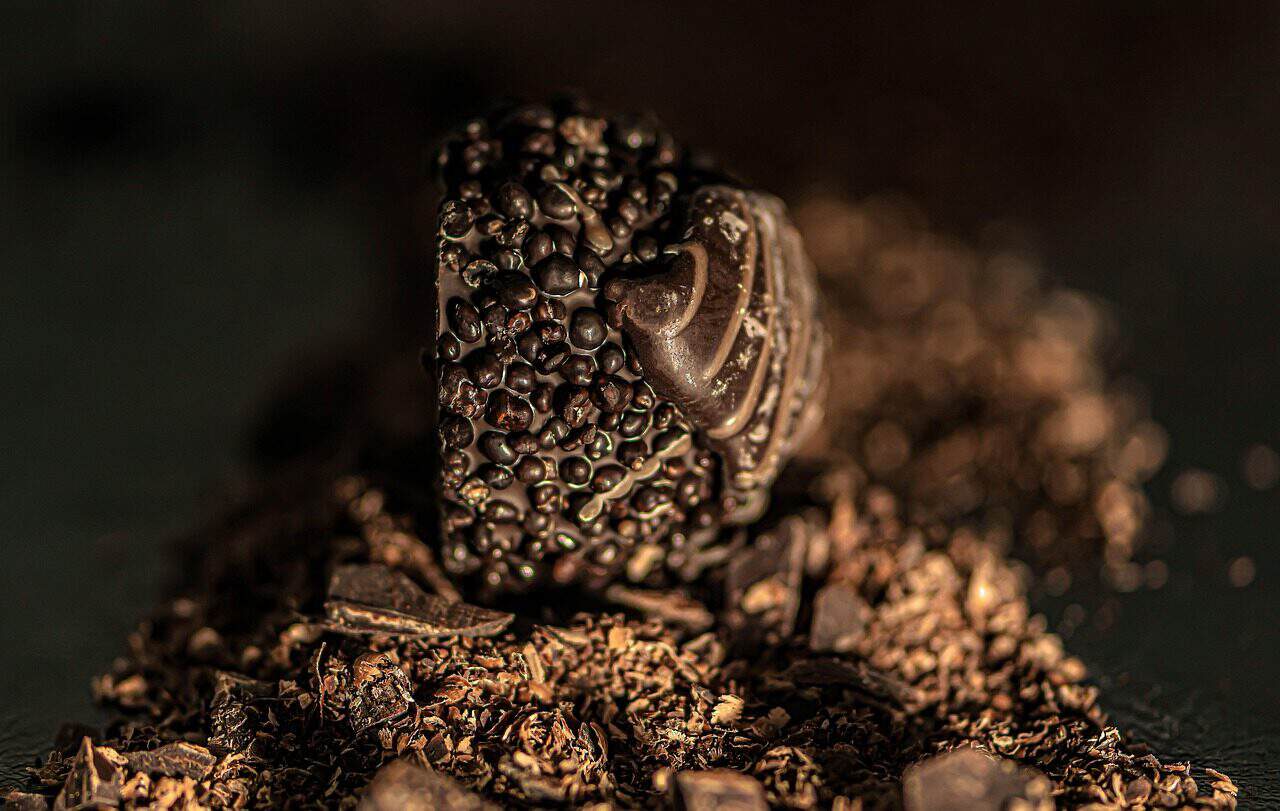Introduction to Efficient Baking
- Efficient baking processes involve the use of automated production lines to increase productivity and consistency in cake production.
- A well-designed production line can help bakeries meet high demand and produce a wide range of cake products, including fluffy sponge cakes and rectangular cakes.
- Key considerations for efficient baking include production capacity, equipment selection, and quality control.
Understanding Cake Production
- Cake production involves a series of steps, including mixing, filling, cutting, baking, and decoration.
- Automated production lines can handle various sizes and shapes of cakes, including round, square, and rectangular cakes.
- The use of paper cups and fruit fillings, as well as cream and marmalade, can add flexibility and variety to cake production.
Production Lines in Baking
- Production lines are designed to produce high-quality cakes with consistent results, using equipment such as mixers, ovens, and cooling systems, as well as multiple heads for dispensing dough, creams, or toppings.
- A flexible line can accommodate different types of cakes, including those with syrup spraying and fondant decoration; the configuration of the production line can be adjusted to suit specific cake varieties.
- The use of a syrup sprayer can add an extra layer of flavor and texture to cakes.

Cake Production Lines and Their Applications
- Cake production lines are suitable for bakeries of all sizes, from small to large-scale operations.
- These lines can produce a wide range of cake products, including cupcakes, buns, and toast, and are designed for higher production capacity to meet large-scale demands.
- The use of automated equipment, such as depositors and machines, can increase production capacity and reduce labor costs, and can be customized to suit different production requirements.
Automated Systems for Cake Manufacturing
- Automated systems can handle all aspects of cake production, with each machine designed for a specific stage of the process, from mixing and baking to cooling and decoration.
- These systems can produce high-quality cakes with consistent results, using a combination of machines and equipment.
- The use of automated systems can increase productivity and reduce labor costs, making them a valuable investment for bakeries.
Designing an Efficient Production System
When designing a production system that has been developed to optimize efficiency and flexibility, it’s essential to consider factors such as production capacity, equipment selection, and quality control.
A well-designed system can help bakeries meet high demand and produce a wide range of cake products.
The use of automated equipment and machines can increase efficiency and reduce labor costs.
Implementing a Production Line Solution
- Implementing a production line solution involves several steps, including equipment selection, installation, and training. Modern cake production lines are designed to be easy to operate, allowing staff to quickly learn the necessary skills.
- It’s essential to choose equipment that meets the specific needs of the bakery, including production capacity and product variety.
- The use of automated equipment and machines can increase efficiency and reduce labor costs.
Maintaining Equipment and Systems
- Regular maintenance is essential to ensure the smooth operation of equipment and systems.
- This includes tasks such as cleaning, lubricating, and troubleshooting.
- The use of automated equipment and machines can reduce maintenance costs and increase efficiency.
Quality Control and Assurance
- Quality control and assurance are critical components of cake production, ensuring that products meet high standards of quality and consistency.
- This involves tasks such as monitoring production, testing products, and implementing quality control measures.
- The use of automated equipment and machines can increase quality and reduce waste.
Industry-Specific Certifications and Standards
- Bakeries must comply with industry-specific certifications and standards, such as food safety regulations and quality control standards.
- These certifications and standards ensure that products meet high standards of quality and safety.
- The use of automated equipment and machines can help bakeries meet these standards and reduce the risk of non-compliance.

Accommodating Different Batter Consistencies
- Bakeries must accommodate different batter consistencies, including thick and thin batters.
- This requires the use of specialized equipment, such as mixers and depositors.
- The use of automated equipment and machines can increase efficiency and reduce labor costs.
Spatial Requirements and Planning
- Bakeries must consider spatial requirements and planning when implementing a production line solution.
- This includes factors such as equipment size, layout, and workflow.
- The use of automated equipment and machines can increase efficiency and reduce spatial requirements.
Training and Support for Production Staff
- Training and support are essential for production staff, ensuring that they can operate equipment and systems efficiently and effectively.
- This includes tasks such as equipment operation, maintenance, and troubleshooting.
- The use of automated equipment and machines can increase efficiency and reduce training costs.
Troubleshooting Common Issues
In any bakery, maintaining a smooth and efficient production line is essential for meeting customer demands and ensuring consistent product quality. However, even the most advanced cake production lines can encounter common issues that impact productivity, product consistency, and overall production capacity. Addressing these challenges quickly and effectively is key to keeping your bakery running at its best.
One frequent issue in cake production lines is uneven baking, which can affect the quality of both round and rectangular cakes. This problem often stems from improper oven calibration or inconsistent cake placement on the conveyor. To resolve this, regularly check oven temperature settings and ensure cakes are evenly spaced, allowing for optimal airflow and uniform baking across various sizes and shapes.
Another challenge involves the application of toppings, fillings, and decorations. Inconsistent syrup spraying, uneven fruit fillings, or clogged syrup sprayer nozzles can lead to variations in taste and appearance. To prevent these issues, schedule routine cleaning and maintenance for depositors and syrup sprayers, and calibrate equipment to accommodate different batter consistencies and product sizes. This is especially important for bakeries offering a wide range of cakes, from simple sponge cakes to those with intricate fondant or chocolate decorations.
Packaging and transport can also present obstacles, particularly when using paper cups or handling delicate cakes with multiple layers or decorations. Ensuring that cakes are properly supported and secured during transport helps maintain their shape and quality, reducing waste and customer complaints.
Ingredient quality and environmental factors, such as humidity and temperature, can further impact the production process. Implementing strict quality control measures and maintaining a stable bakery environment will help ensure that every cake meets your standards, regardless of the production line’s speed or capacity.
Flexibility is another crucial factor in troubleshooting. A flexible line that can quickly switch between different cake shapes, sizes, and decorations—such as moving from square to round cakes, or from icing to fondant—minimizes downtime and maximizes productivity. This versatility allows bakeries to respond to changing customer preferences and seasonal trends without sacrificing efficiency.
Operator training is equally important. Well-trained staff can quickly identify and resolve issues, adjust equipment settings, and maintain the production line for optimal performance. Investing in ongoing training ensures your team is prepared to handle any challenge, from adjusting depositors for thicker batters to troubleshooting cooling system inconsistencies.
In summary, effective troubleshooting in automated cake production lines involves a combination of regular equipment maintenance, quality control, flexible system design, and comprehensive staff training. By proactively addressing common issues, bakeries can increase production capacity, maintain high product quality, and offer a diverse range of cakes and decorations to satisfy every customer. This commitment to excellence not only boosts productivity but also builds a loyal customer base and positions your bakery for long-term success in a competitive market.
Optimizing Production for Efficiency
- Optimizing production for efficiency involves several steps, including equipment selection, workflow optimization, and quality control.
- The use of automated equipment and machines can increase efficiency and reduce labor costs.
- Bakeries must continually monitor and evaluate production to identify areas for improvement and optimize efficiency.
Conclusion and Future Outlook
In conclusion, cake production lines are an essential component of efficient baking processes, increasing productivity and consistency in cake production.
The use of automated equipment and machines can increase efficiency, reduce labor costs, and improve quality.
As the baking industry continues to evolve, bakeries must stay up-to-date with the latest technologies and trends to remain competitive and meet changing customer demands. Future trends may include the addition of new decorative elements, fillings, or toppings to further customize cake products.
For more information or to discuss your specific cake production line needs, please contact our company directly.








